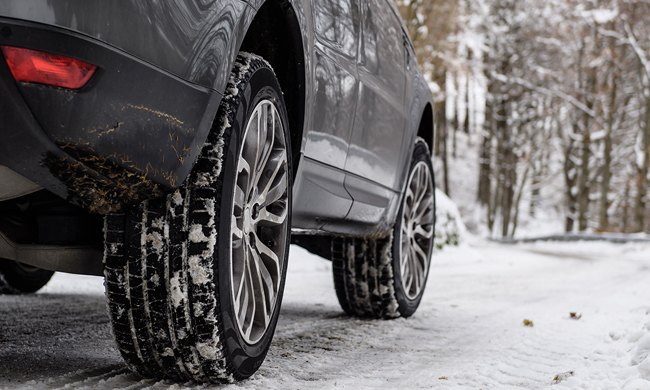6 Steps to Safer Winter Driving

(Family Features) The winter season is typically one of the busiest times of the year for travelers. While millions prepare to hit the road to visit family and see sights they may never have seen before, there’s one essential travel tip that cannot be overlooked: the proper tires.
Winter tires are an essential safety feature for drivers and deliver as much as a 25-50 percent increase in traction over all-season tires, which could be the margin you need to brake in time to avoid trouble.
Winter tire tread design uses thousands of extra traction edges for added grip, and the softer rubber of the tire surface allows the tires to stay pliable in colder temperatures to maintain contact with the road. In addition, winter tires feature aggressive groove patterns for more confident grip on ice, slush and snow.
Learn the best time to install your winter tires and how to keep them in safe condition with these guidelines from the experts at Discount Tire:
Plan ahead. A good rule of thumb: if you can see your breath, you should think about winter tires for all four wheels, even if your area isn’t often affected by ice or snow. When the temperature drops to 45 F and below, all-season tires can start to lose traction and grip.
Keep tabs on pressure. Check your tire pressure at least once a month. For every 10-degree drop in temperature, your tires lose one pound of pressure (PSI). Use a tire pressure gauge to get the proper reading or stop by a tire store, such as your local Discount Tire, for a free air check.
Check your tread with the penny test. Tread depth determines a vehicle’s safe stopping distance. To check your tread depth, stick a penny upside-down in a tread groove. It’s time to replace your tires if Lincoln’s head is visible.
Know the limitations of all-wheel drive. Drivers often mistake all-wheel drive as sufficient for driving in sleet or snow. In reality, all-wheel drive only helps you start from a stop. It doesn’t function in the stopping or steering of a vehicle.
Designate a winter set of wheels, too. Having a set of wheels specifically for your set of winter tires can save you money in the long run. A second set of wheels eliminates the cost of changeover and spares nicer wheels from the wear and tear of ice, slush, snow and salt.
Extend your winter tires’ use. Rotate your tires at least every 6,000 miles, or earlier if irregular or uneven wear develops. Change out your winter tires around tax season. This can help avoid wearing out the rubber in hot months and increase the tires’ lifespans.
As you prepare for winter travel season, visit discounttire.com to find a tire store near you, or search for winter tires specific to your vehicle’s make and model.
Susan Brewer Service First Real Estate (636)936-8600
SOURCE:
Discount Tire
Published on 2018-11-08 17:13:56

